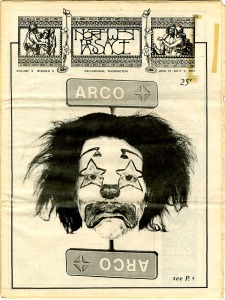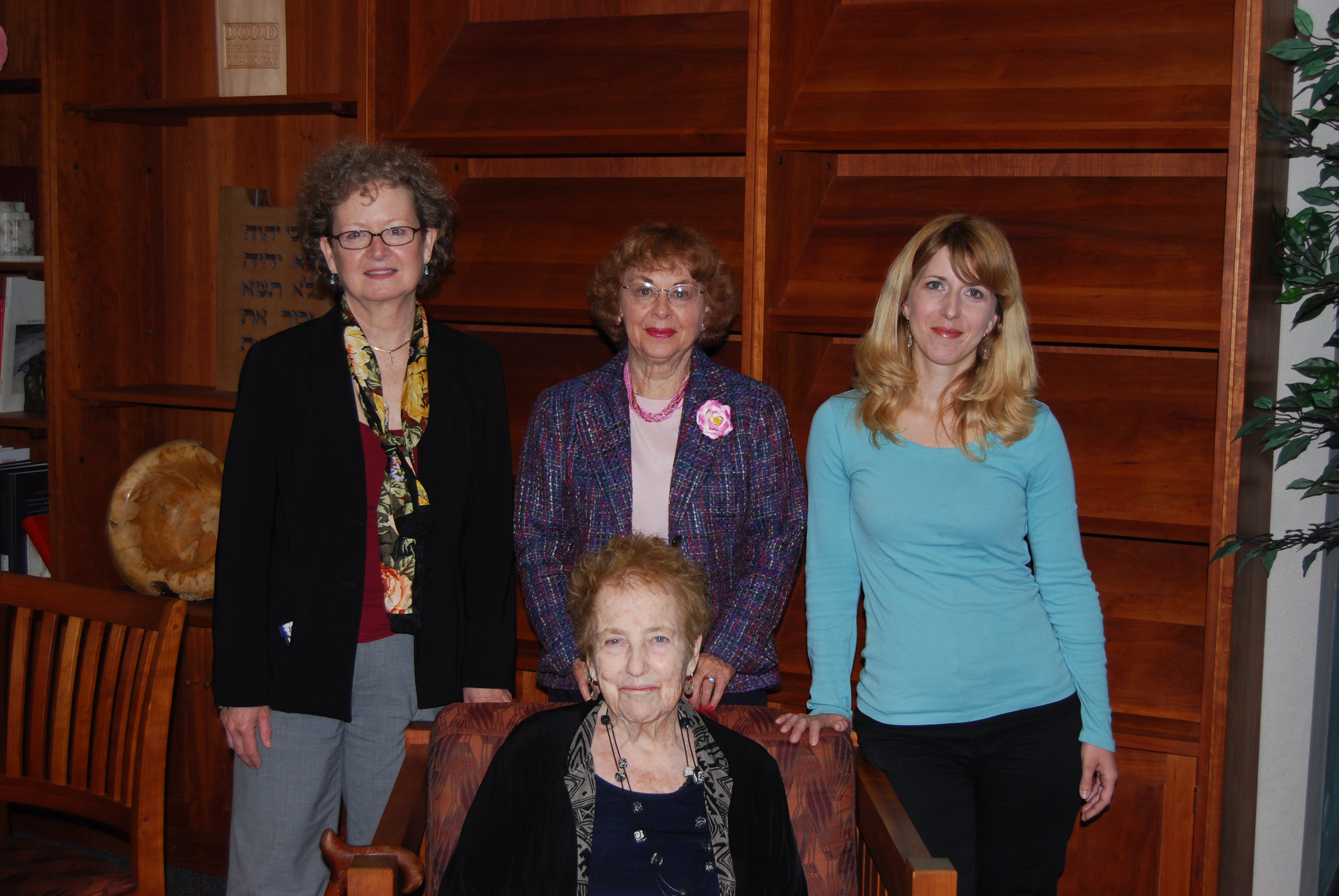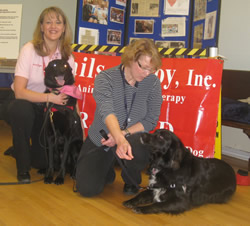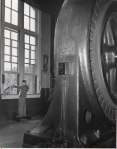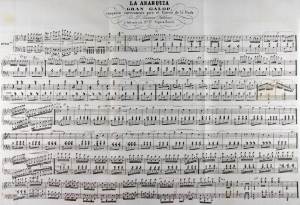
Music composed exclusively for the women magazine, El Correo de la Moda by D. Pascual Galeana (1852)
Click here to listen to the music (Thanks to Prof. Vargas Liñán for providing this music)
Since embarking in the project of digitizing a selection of Spanish Women’s Magazines from our Spanish Periodical and Newspapers Collection we have learned that making the collection accessible online has had the positive effect of attracting new users and visitors to the collection in-situ in addition to the many new users online. One of these visitors last spring was Prof. Belén Vargas Liñán, a Strochlitz’s awardee, from the University of Almería, Spain, who came to research the relationship between music and women’s images found in our print collection of Spanish women’s magazines.
In her own words she shared with us:
My research at the Thomas J. Dodd Research Center is part of my doctoral thesis, currently ongoing, on the music in Spanish magazines between 1833 and 1874. Five years ago I became aware of the Dodd Center periodical collection (through the online catalog), but my interest for this collection increased last year when I visited the digital portal of women’s magazines prepared by Marisol Ramos. The collection of Spanish magazines and newspapers in the Dodd Center is very valuable to researchers as a complement of Spain’s archival collections, because it contains newspapers that do not exist in the public archives of our country and it completes partial collections preserved in them, especially emerging musical and cultural magazines from Madrid and Andalusia. Moreover, we note that many specimens preserved in Storrs are not as damaged as their peers at the National Library in Madrid, and many titles still contain many supplements fashion plates and scores that existing copies found in the Iberian Peninsula did not preserved.
Newspapers are primary sources that are extremely helpful to approach the study of musical life, anytime, anywhere. It does not only provides information on works, composers and performers, but it also allows the study of sociological aspects of music such as musical taste of the public, the business of music publishers, the main musical spaces of a city, type of music education offered by institutions and professionals, or the controversy surrounding the opera and zarzuela in the Spanish society of the time. In this line, an extremely interesting facet that we can discover in the pages of nineteenth-century press is the image of women and their relationship with music.
Prof. Vargas Liñán came to the Dodd Center to study different types of magazines and newspapers which contain music and how it was presented to a female audience and how that reflected a vision of feminism in Spanish society during the 19th century. While at Storrs, Prof. Vargas Liñán shared her findings with us in the traditional Strochlitz Lecture which we taped. Click here to listen to her video presentation (in English–you should download the viewer Silverlight). Also, click here for the presentation’s text (both in English).
It was a pleasure to support Prof. Vargas Liñán’s research and we look forward to providing more ways to give access to all our collections at the Dodd Center.
Marisol Ramos, Curator for Latin American and Caribbean Collections


